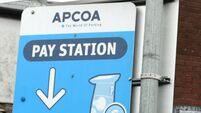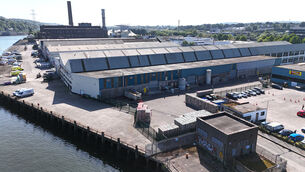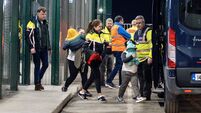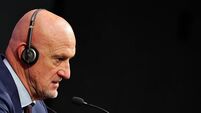SSE Airtricity slumps to €3.4m loss as customer numbers dip
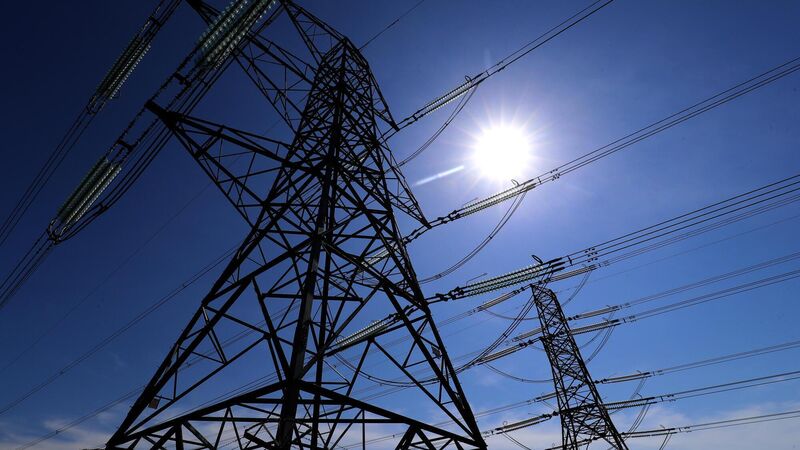
The Irish-based energy provider closed the six-month period to September with 680,000 customers; marginally down on the 700,000 figure it boasted 12 months previously.
SSE Airtricity made a £2.9m (€3.4m) loss and saw a dip in customer numbers in the first half of its current financial year.
Half-year results for the company’s parent – British energy utility SSE – show that the Irish-based energy provider closed the six-month period to September with 680,000 customers; marginally down on the 700,000 figure it boasted 12 months previously.





